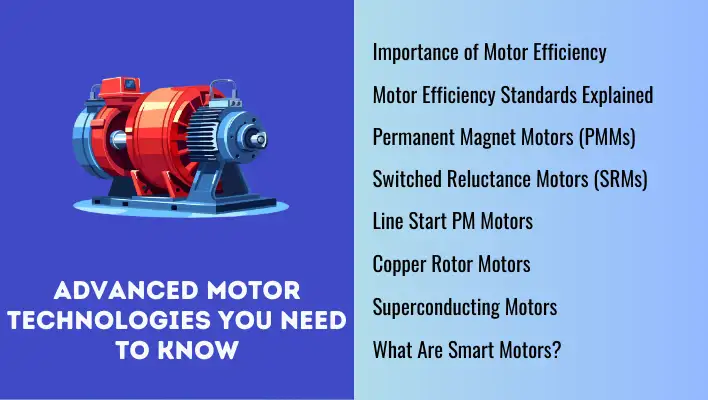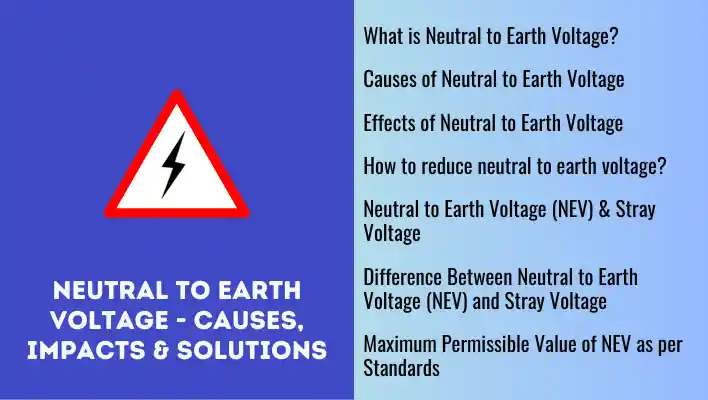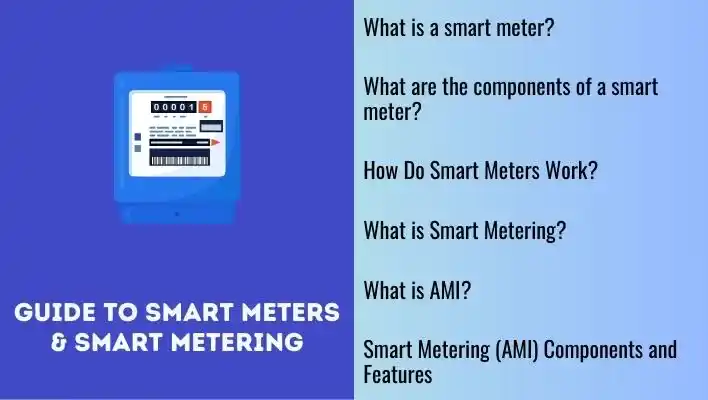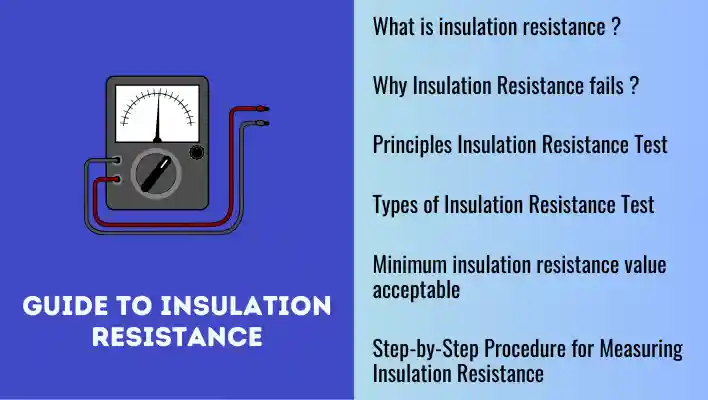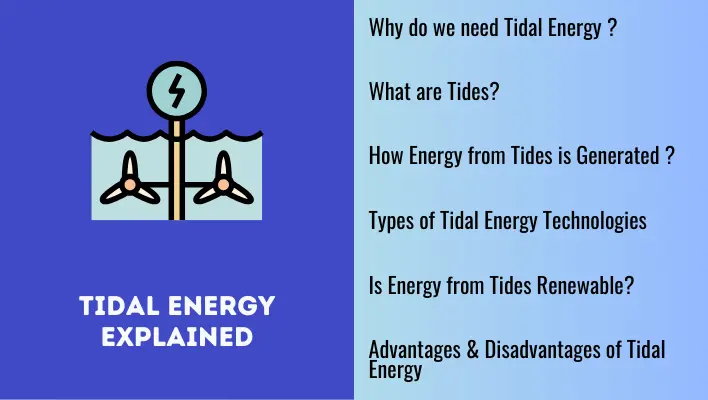Electrical engineering is an ever growing field that constantly develops as technology advances. From the moment electricity was first discovered to the evolution of contemporary electronic devices, this field has been pivotal in shaping the world as we know it today.
As we step into a new era of technological innovation, several emerging trends are revolutionizing the landscape of electrical engineering. In this blog post, we will take a tour of these groundbreaking trends and their probable impact on various industries.
Smart grids

Smart grids have truly shaken up the world of electrical engineering, bringing in a wave of change in how we generate, distribute, and use electricity. Think of it as a tech-savvy makeover for our conventional power systems, incorporating effective features like advanced communication, control, and monitoring to give our energy infrastructure a serious upgrade.
Our traditional power grids often struggle with real-time monitoring and control. Smart grids come to the rescue with sensors, high-tech communication, and data wizardry, keeping a constant eye on the grid’s health. This means operators can swoop in and fix issues ASAP, making the whole system more reliable and sturdy.
Smart grids are not solely about power companies, they also empower consumers by providing real-time information on energy prices and usage patterns. This capability enables consumers to make informed decisions about when to use electricity, contributing to balancing the supply and demand dynamics and making the overall energy consumption more environmentally friendly.
With all the fancy tech in smart grids, there’s a hitch – cybersecurity challenges. Electrical engineers act as guardians, implementing robust measures to protect communication networks and data from potential threats.
Smart grids redefine electrical engineering, reshaping power systems to be greener, more reliable, and technologically advanced, with electrical engineers at the forefront of innovation.
Renewable Energy
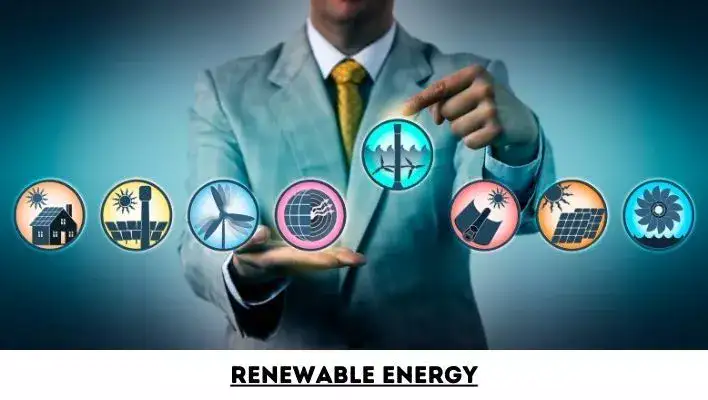
The need for renewable energy isn’t a choice anymore, it’s a must. Generating power from the sun, wind and water is the only way to create clean and sustainable energy.
Solar panels, wind turbines and hydroelectric dams are just the beginning of this incredible journey.
As we all pitch in to reduce our carbon footprint and fight climate change, electrical engineers are finding clever ways to store and distribute renewable energy, especially on those days when the weather isn’t cooperating.
The rise of renewable energy is driving something called Smart Grids. These grids are like super-smart traffic controllers for electricity. Electrical engineers are designing them to balance the energy we use in real-time. Plus, they’re making it possible for people like you and me to produce extra clean energy and share it with others.
The big driver behind all this? It’s all about making our planet healthier. By using less stuff that makes the air dirty and relying more on clean energy, we’re paving the way for a better, greener future. Electrical engineers are playing a crucial role in making this happen and creating a more sustainable world for generations to come.
Internet of Things (IoT)
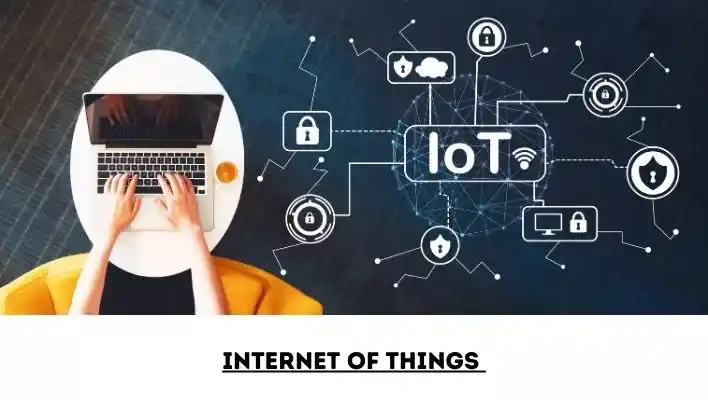
IoT, or the Internet of Things, is reshaping our world and transforming electrical engineering.
It allows devices to communicate, gather data, and make intelligent choices. From smart thermostats to entire smart cities, IoT is revolutionizing our lives.
Electrical engineers are leading the way in developing innovative solutions that improve energy efficiency and safety. Imagine a world where your fridge orders groceries or your car finds the nearest charging station. The possibilities are boundless.
In essence, IoT connects everything to the Internet, including devices like smartphones, smart cars, thermostats, and more. It covers gadgets that can communicate and share data, making our world smarter and more interconnected.
IoT is becoming integral to electrical systems, enabling seamless connections between devices and optimizing power generation and distribution, including renewable sources like solar and wind.
One exciting facet of IoT is predictive maintenance, where sensors detect issues in real-time, saving time and resources. Real-time data on energy consumption and smart device control help us use energy wisely.
Automated safety features and instant fault detection are the norm, ensuring everything runs smoothly and securely. Data analytics and machine learning optimize system performance.
IoE, or the Internet of Everything, takes IoT to the next level by combining it with AI and AR. Electrical engineers pioneer this integration, creating exciting new applications.
IoT is the future of electrical engineering—a game-changer led by electrical engineers in this exciting new era.
Artificial Intelligence (AI) and Machine Learning (ML)

In the world of electrical engineering, Artificial Intelligence (AI) and Machine Learning (ML) are like the dynamic duo, transforming the landscape and opening up a world of possibilities.
AI, in essence, is about infusing machines with human-like intelligence. It enables them to handle complex tasks and learn from experience. Think of it as machines becoming smart and adaptable.
ML is the sidekick of AI, focusing on creating algorithms that allow machines to learn and improve their performance without the need for extensive programming. It’s like machines evolving and getting better at what they do.
AI and ML are superheroes in optimizing power grid management. They boost energy efficiency, help predict how much power we’ll need, and detect faults to keep our power supply reliable and resilient.
Smart grids, with the help of AI and ML, can distribute energy more efficiently, especially from renewable sources. They quickly spot problems and even predict when equipment might break down, saving time and money.
AI-driven energy management systems are like energy wizards. They adapt energy use based on real-time data, making our buildings and industries more efficient and sustainable.
ML takes data from smart meters and turns it into useful insights. This helps consumers make smart decisions about how they use energy.
AI fine-tunes power electronics and control systems, making devices more efficient. And AI-powered robots? They handle tasks like inspecting power lines and automating industries, boosting safety and productivity.
In a nutshell, AI and ML are supercharging electrical engineering, paving the way for smarter and more sustainable energy systems. They’re the driving force behind innovation in the field, helping us build a brighter and more efficient future.
Electric Vehicles (EVs)
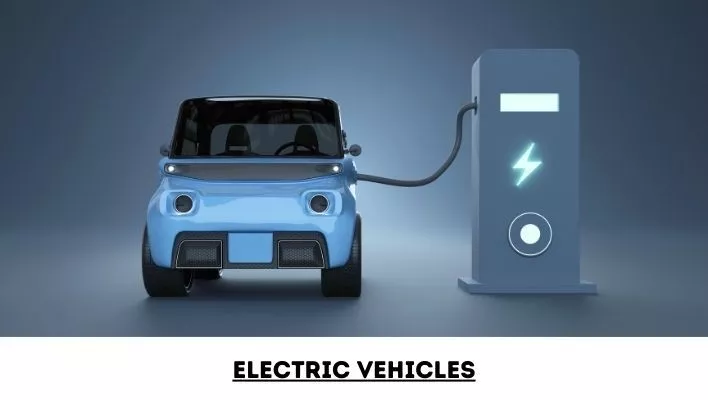
Electric Vehicles (EVs) are revolutionizing the way we think about transportation, ushering in a greener and more sustainable era. Behind this electrifying transformation lies the expertise of electrical engineers, who are instrumental in shaping the future of automotive innovation.
Engineers are hard at work optimizing every aspect of EVs to enhance their performance and efficiency. They’re fine-tuning motor designs, power delivery systems and regenerative braking technology, all to make your EV ride smoother and more enjoyable.
Battery technology lies at the core of the electric vehicle (EV) revolution. Engineers are focused on increasing battery energy density, which means your EV can go farther on a single charge. They’re also working on cost reductions and faster charging times, making EVs a practical choice for everyday use.
Charging your EV should be as easy as charging your smartphone. Electrical engineers are making it happen by designing fast-charging systems and integrating them with smart grids. This means you can juice up your EV quickly and conveniently, whether you’re at home or on the road.
Here’s something really cool: Vehicle-to-Grid (V2G) technology. Electrical engineers are making it possible for EVs not only to draw power from the grid but also to give back extra energy during peak times or emergencies. It’s like your EV becomes a power source for the community, helping keep the grid stable and efficient.
In a nutshell, EVs are paving the way for a greener and more sustainable future in transportation. Thanks to advancements in batteries, charging infrastructure, and smart control systems, electrical engineers are making electric cars not only popular but also environmentally friendly.
Energy Storage

Picture a future where we rely less on fossil fuels and more on renewable energy sources like solar and wind. That future is closer than you think, thanks to the game-changer known as energy storage.
With the world embracing cleaner energy, renewables like solar and wind are taking center stage, but they don’t produce energy 24/7. That’s where energy storage comes in.
Energy storage is like a superhero for the grid. It stores excess energy when renewables are in overdrive and releases it when we need it most. That means a stable power supply and less dependence on polluting fuels.
Grid stability is crucial, and energy storage helps keep it in check. It releases stored energy during peak times, smoothing out the grid’s bumps and ensuring a steady power flow.
But that’s not all. Energy storage is making electric vehicle (EV) charging faster and smarter. It’s like having a pit stop for your EV. And here’s the cool part: V2G technology allows EVs to give back energy to the grid during high-demand moments, making the grid even more stable.
Energy storage also lets us time-shift renewable energy. That means we can use renewable power when we need it most, improving energy efficiency. Plus, it brings energy to remote areas, boosting sustainability in under-served communities.
Wireless Power Transfer (WPT)

Imagine a world where you could charge your devices without a single wire. That’s exactly what Wireless Power Transfer (WPT) is all about, and it’s shaking up the world of electrical engineering.
WPT is like magic for your gadgets. It uses electromagnetic induction or resonance to send electrical energy through the air, no wires or connectors needed. It’s a game-changer.
WPT isn’t just a cool concept, it’s practical too. You can say goodbye to tangled cords because it’s perfect for charging your smartphones and smartwatches. Charging becomes a child’s play, making your daily routine a lot more convenient.
But wait, there’s more! WPT is also making waves in the world of electric vehicles (EVs). It allows for automatic and contactless charging, no plugging in required. That means a brighter future for electric mobility.
In the medical field, WPT works wonders. It powers and charges medical implants, eliminating the need for invasive procedures. It’s all about making healthcare more comfortable and less complicated.
Of course, every superhero has its challenges. WPT faces hurdles like energy efficiency and power loss during transmission. But don’t worry; researchers and electrical engineers are on the case. They’re working hard to make WPT more efficient, extend its range, and ensure it’s safe for everyone.
Power electronics for Energy Efficiency
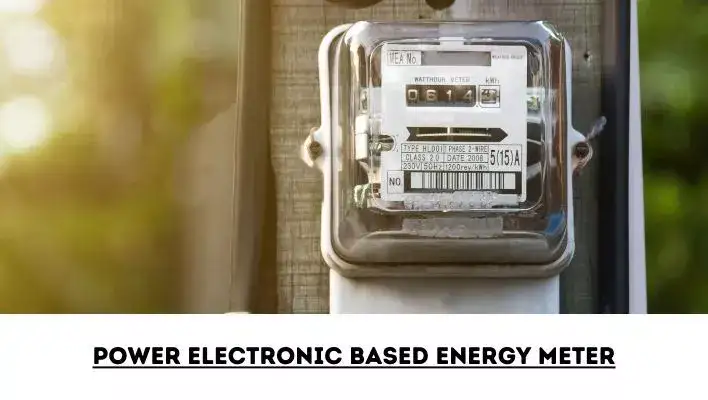
In the world of electrical engineering, the current hot topic revolves around extracting maximum efficiency from our power systems. At the heart of this efficiency game is Power Electronics.
So, what is it exactly?
Power electronics is a branch of electrical engineering that deals with the conversion and control of electrical power. It involves the study and design of electronic systems that manipulate electrical power to achieve the desired output.
However, in this intricate process of electrical energy conversion, there’s a potential hitch: energy losses. That’s where power electronics steps in, providing precise voltage and frequency control to optimize energy use.
Consider devices like buck and boost converters, for example. They adjust voltage levels and reduce energy losses. In systems with variable speed drives, power electronics tweaks motor speeds based on the load’s requirements, minimizing energy consumption in systems like industrial pumps and fans.
Power factor correction circuits improve the ratio of real power to apparent power, reducing energy losses in distribution systems. Furthermore, power electronics plays a crucial role in energy storage systems by assisting in maintaining grid balance through the storage and release of energy when it is most needed.
Also, its integration into renewable energy sources, such as solar panels and wind turbines, ensures efficient conversion and synchronization with the power grid. Power electronics is instrumental in electric and hybrid vehicles, controlling the electric motor and optimizing energy flow between the battery and motor for increased vehicle efficiency.
In summary, power electronics is a key enabler for improving energy efficiency in various electrical systems. Electrical engineers will play a pivotal role in developing technologies and solutions that minimize energy losses during the conversion and control processes, contributing to a more sustainable and energy-efficient future.
References
- https://www.iea.org/energy-system/electricity/smart-grids
- https://www.energy.gov/eere/renewable-energy
- https://www.mdpi.com/1996-1073/13/2/494
- https://aws.amazon.com/compare/the-difference-between-artificial-intelligence-and-machine-learning/
- https://afdc.energy.gov/laws/12660
- https://www.energy.gov/oe/energy-storage
- https://ieeexplore.ieee.org/document/10024958
- https://www.energy.gov/eere/solar/solar-power-electronic-devices


